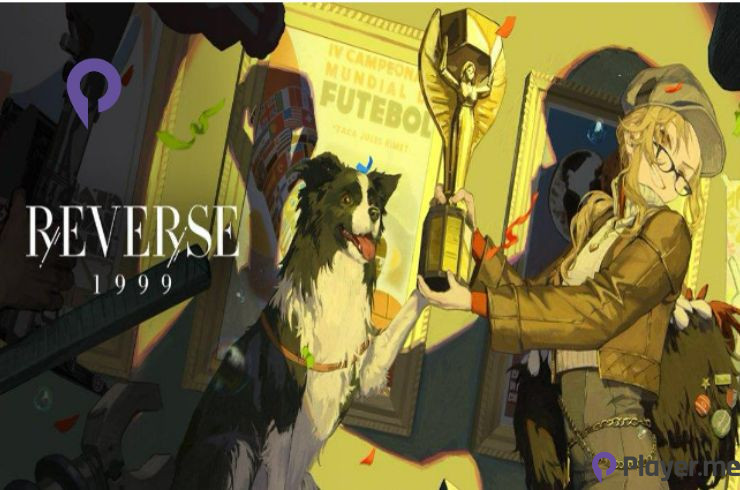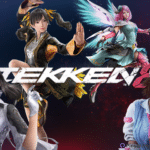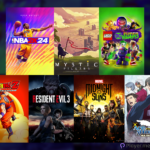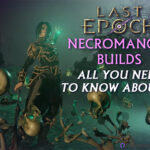Reverse: 1999 Beginner’s Guide is intended for people who have never played this game before or are just starting to play it right now. In this article for Reverse 1999, we have presented some general information and our most valued tips that will enable players to get more progression in a shorter period of time. So, let’s get started.
What Is the Theme of Reverse 1999
The story of Reverse 1999 is about a bizarre storm that causes time to travel backwards. Bluepoch developed Reverse 1999, as a turn-based RPG where you use spell cards (Incantations) in combat.
It’s simple to understand but has many levels of complexity when it comes to fighting. You will be able to use a variety of card skills, tuning skills, and strong ultimates.
It’s a unique gaming experience due to its amazing animations and captivating narrative.
Story Mode Preview in Reverse 1999
When you access the story tab, you’ll see the following options:
- Chapter Progression: You’ll start with Chapter 1 and work your way through four chapters. Chapter 5 is expected in future updates.
- Story Panel: This panel shows your progression through the story, with key milestones and unlockables in different stages.
Related: Top 12 Tips for Kirby and the Forgotten Land Beginners
List of Unlockable Stages
- Stage 1.6: Unlock the times two features for faster story progression.
- Stage 1.6: Unlock traces and obtain Lani, a valuable four-star character.
- Stage 1.11: Unlock dust farming, an important resource.
- Stage 1.12: Obtain another trace character, Eagle, a strong four-star unit.
- Stage 1.14: Unlock the first tuning melody for Verting.
Combat Overview in Reverse 1999
Let’s talk about the combat stage to see how it works and understand some key elements:
- Team Composition: In combat, your team consists of three characters. The characters are organised as follows: One DPS, one support (Which can have various roles), and one healer or defensive support.
- Tuning: You can choose between Centurion, Melody, and Grand Orchestra. Melody is unlocked through the story. The arrangement of your characters is typically DPS, support, and healer or defensive support.
- Elemental Afflatus: Each character and enemy have an Elemental Afflatus associated with them. The Afflatus can be Plant, Flatus Beast, and others. Knowing the Afflatus’s strengths and weaknesses helps you build a team effectively. If you have an advantage, you deal 30% more damage, and if disadvantaged, you take 30% more damage.
- Combat Information Panel: In combat, you can see the win conditions, turn count, enemy afflatus, and more. Understanding these details helps you plan your strategy.
- Cards: You have a set of cards at the bottom left of your mobile screen, and each card requires a specific number of points to use. Tuning influences card availability and effectiveness.
- Boss Information: The combat information panel also provides details about the boss, including its stats and abilities.
- Action Points (AP): Three action points are initially available to you, one for each character. Characters are replaced upon death, but you lose their action point socket. Your options in combat may be limited if you lose too many characters.
- Cards and Moxy: The powers and abilities of cards vary. Moxy is earned by using cards, merging them, and performing actions. Moxy appears as a dot on characters.
See What the Shopkeeper Offers You in Reverse 1999
The shop offers a variety of items and resources. Here’s a quick overview:
- Teller Machine: Offers various items.
- Garment Shop: This allows you to purchase character skins.
- Pawn Shop: You can redeem 10 pulls once a month using special cassettes, which you can earn from weekly missions.
- Fragment Shop: Acquire fragments by completing SC Cube stages and use them to purchase Six-star and Five-star SC cubes. You can also buy F-der to level up your SC cubes, even the lower-rank ones.
Also Read: 10 Adorable Minecraft Mobs You Should Know
Top Five Tips for Beginners
We’ll go over the top five beginner tips with you. We’ll go over key topics like managing stamina, calling, assembling teams, advancing campaigns, and the Wilderness feature. These pointers will help you get started and improve the comfort level of your account. Now let’s get started.
1. Stamina Management
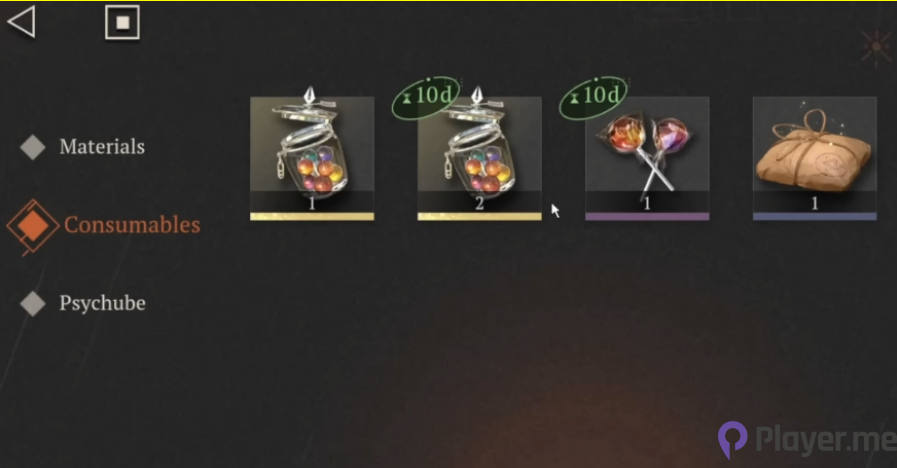
When you’re playing in the campaign or farming resources, you’ll often use stamina. Be mindful not to over cap your activity, as levelling up your account grants you additional activity points. You can purchase extra activity using gems, but it’s generally not recommended to spend gems on it. Keep an eye on the timers for your candies, which replenish activity, and make sure they don’t expire.
2. Summoning Strategy
The beginner banner guarantees one of three characters after 30 summonses. Standard banners contain characters that can be summoned permanently. Exclusive characters will be introduced in the future. Remember that banners with rate-up characters share a pity system, so consider your summoning priorities. Save your currency for 10x summons, and don’t rush spending gems on stamina or other resources.
3. Team and Unit Focus
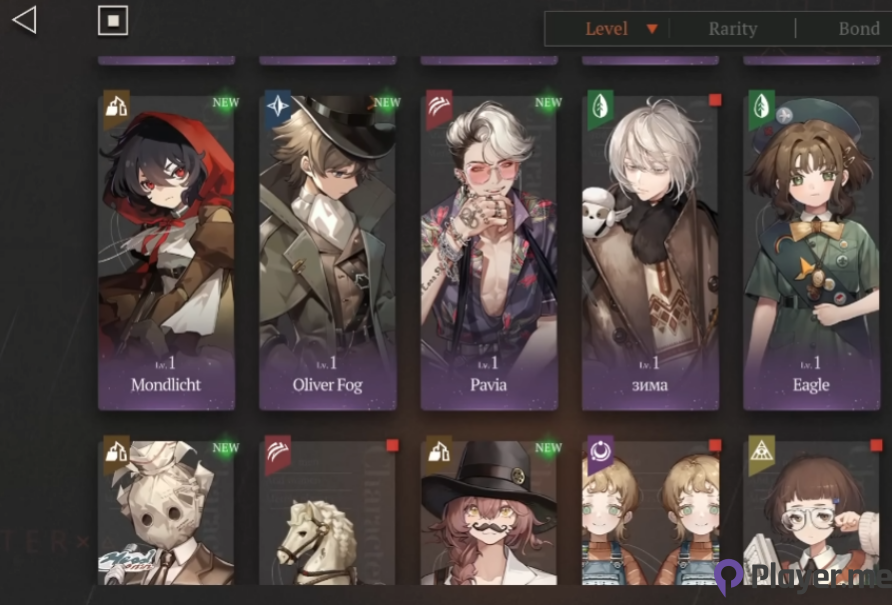
Assemble a well-balanced team by having a sustain unit, a support unit, and a primary damage dealer. Focus on levelling up your damage dealer first, but consider levelling up a few extra units that provide refunds when they reach level 23. Experiment with different characters, but don’t forget to balance your team composition.
4. Campaign Progression
If you proceed through the campaign, more features and resources become available. Give this your top priority. It will be essential for the development of your account to unlock stages like resource farming and artificial sun missions. Instead of falling down in the repetition of resource stages too soon, try moving on in the campaign to earn bigger rewards and accomplishments.
5. The Wilderness
You can unlock the Wilderness feature by progressing in the campaign. There are crafting chances and significant AFK prizes in this location. Fulfil objectives and carry on improving the “Paleo Hole,” your main hub. By doing this, you may make the most of your AFK benefits and gradually enhance your account.
By following these tips, you’ll set yourself on the right path to success in Reverse: 1999. Enjoy your journey in the game and remember to have fun!
Frequently Asked Questions
Why Does Character Placement Matter in Reverse 1999?
Character placement affects the likelihood of obtaining skill cards. Placing characters on the left statistically increases the chance of obtaining their cards.
How Important Are Healers in Reverse 1999?
Healers are crucial for maximising value in the combat system. They help secure 3-star clears on stages, earning premium currency in the form of Unilogs.
How Can the Tuning System Benefit Me in Battles in Reverse 1999?
Tuning skills, provided by Vertin the timekeeper, can be used outside turns without consuming Moxie. They offer buffs, heals, and debuffs, providing a significant advantage.
Author Profile
Latest entries
 GAMING2024.06.12Top 4 Female Tekken 8 Fighters to Obliterate Your Opponents in Style!
GAMING2024.06.12Top 4 Female Tekken 8 Fighters to Obliterate Your Opponents in Style! NEWS2024.03.18Elon Musk’s SpaceX Ventures into National Security to Empower Spy Satellite Network for U.S.
NEWS2024.03.18Elon Musk’s SpaceX Ventures into National Security to Empower Spy Satellite Network for U.S. GAMING2024.03.17PS Plus: 7 New Games for March and Beyond
GAMING2024.03.17PS Plus: 7 New Games for March and Beyond GAMING2024.03.17Last Epoch Necromancer Builds: All You Need To Know About It
GAMING2024.03.17Last Epoch Necromancer Builds: All You Need To Know About It

